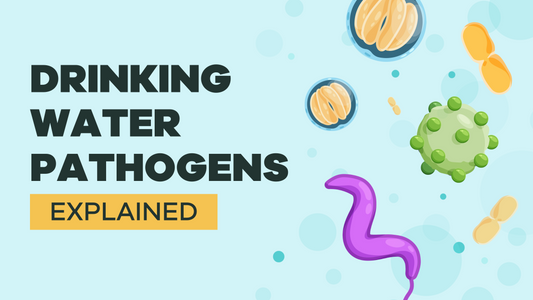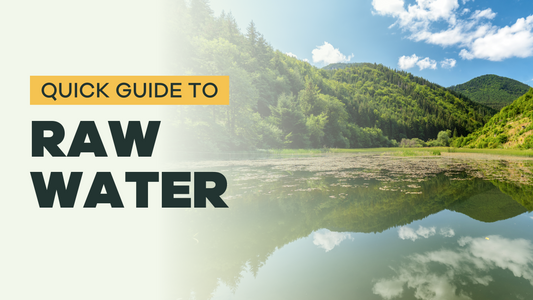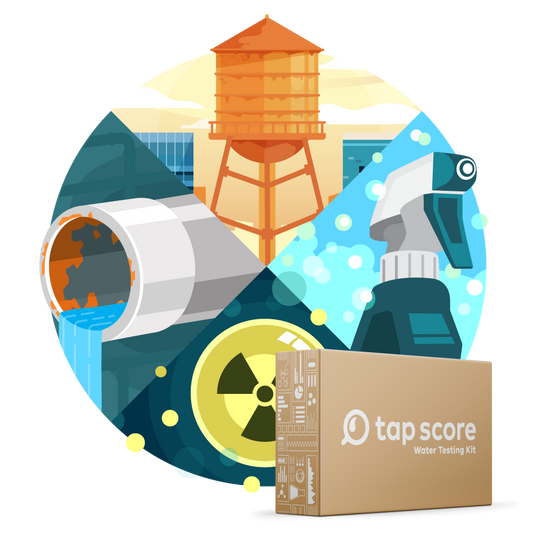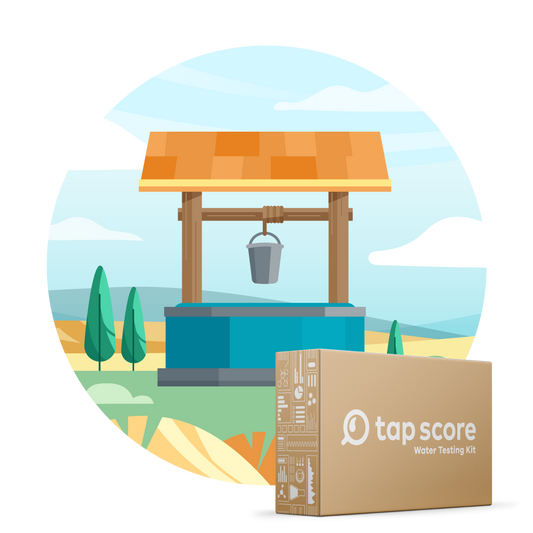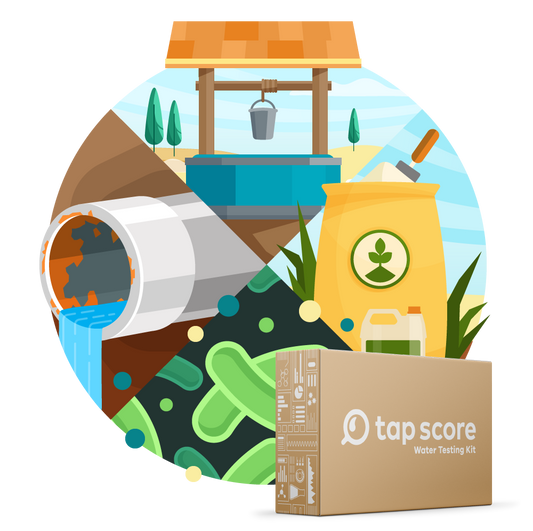
What is Toxicology?
Our blog is written by real experts— not AI. Each guide is carefully reviewed and updated based on the latest research. Plus, with no affiliate links, you can count on unbiased insights you can trust.
Toxicology is a scientific discipline primarily focused on studying how chemicals impact your health and the environment.[1] We’re here to break down the jargon and give you a few tips on how to reduce your exposure to environmental risks.
A Primer on Exposure
We encounter potentially hazardous chemicals every day. At Tap Score we call these everyday exposures. We breathe them in smoke, eat them in food, or drink them in water. We absorb them through our skin from bathing in contaminated waters or using creams and lotions.[2] Some of these hazards are man-made (called toxicants), and others are found in nature (toxins).
Poisons work by changing the rate of your body’s functions, increasing or decreasing them (think heart rate or breathing).[3] Some chemicals can affect your whole body while others target specific systems, from your bloodstream to your reproductive system.
Toxicology is the study of toxics. Toxicologists investigate factors that influence the strength of a toxicant and how it affects humans.
Acute Toxicity vs. Chronic Toxicity
The length of exposure to a toxicant matters. Sometimes one exposure is enough to have an impact. Other times exposure to a toxicant over a long period of time can make you sick.
-
Acute toxicity occurs when someone’s response to chemical exposure is short-term and intense (defined by immediate health effects).[4] An example of an acute toxicant is hydrogen cyanide, which inhibits proper oxygen use and leads to suffocation.[5]
- Chronic toxicity, on the other hand, involves negative health effects after long term exposure to toxicants.[6] Chronic toxicants include lead, which can increase risk of heart disease, lower fertility, and lead to many other health issues.[7].
Typically we measure toxicity based on type of effect as well as length of exposure. For example carcinogens are toxicants that can cause cancer; reproductive toxicants are toxicants that can affect parents and developing embryos.
Sensitivity and Tolerance
Many factors, such as age, health, and pregnancy can influence a human’s (or animal’s) sensitivity to toxicants. Our sensitivity to toxicants changes throughout our lifespan. Critical periods of heightened sensitivity include gestation and early childhood, when our brains are developing.[1]
There are also natural genetic differences in our body’s ability to break down and eliminate certain chemicals.[8] This ability can be enhanced or hindered by the social and environmental context we grow up in. In short, people have different tolerances to toxicants.
The Dose-Response Relationship
How much of a toxicant is too much? This is a key question in toxicology. To measure the potency of a substance, toxicologists measure the doses required to induce various effects in the body.
For every chemical, there is a dose low enough (maybe zero!) that no one in the population is affected and a dose high enough that everyone in a population is affected.
- To measure the dose at which a chemical has health implications, toxicologists measure an ED50, or the effective dose at which 50% of a population feels an effect.[9]
- The LD50 is another common measurement, which identifies the lethal dose for half of a population in any given study.
- These numbers are usually based on animal studies, so scientists account for differences in tolerance and sensitivity when estimating how much is too much for humans.
These doses are measured in mg/kg (dose/body weight) with lower doses being more potent.
For example, an LD50 5 mg/kg means that a very small dose would be lethal to many in a population. High LD50s—in the 1,000 mg/kg range—are practically non-toxic.[9]
No one measure of toxicity is perfect. LD50s, while they can provide information on lethality, do not take into account the non-lethal effects of a toxicant. A substance could have a high LD50 but cause illness at low doses.[9]
Avoiding Toxics? Limit Your Exposure
The old adage “an ounce of prevention is worth a pound of cure” holds true for toxicology. The best way to prevent any adverse effects from toxicants is to limit the amount and length of exposure to toxicants.
So, how do you protect yourself?
Identifying what is a risk in your everyday environment is a big task. We recommend some simple practices to reduce your exposure to chemicals in the environment:
Toxicants in Household Products
- Pay attention to the labels on household goods, especially cleaning supplies [8]
- Always opt for less chemicals or more home-based remedies (e.g. vinegar and baking soda)
- Wear gloves and limit skin contact with any cleaning agents
- Store household chemicals out of reach of children
- Check furniture labels prior to purchase to ensure minimal to no use of flame retardants, where possible
Toxicants in Air
- Ensure proper ventilation in the home
- Check regularly for mold and address water leaks
- Use HEPA-certified filters on your vacuum and keep dust to a minimum
- Limit use of candles or fires to reduce particulate exposure
Toxicants in Food
- Cook with fresh produce over canned foods
- Avoid food additives and preservatives
- Choose organic, when feasible
Toxicants in Water
- Test your drinking water to better understand its composition
- Install treatment (at the well or at the tap) if necessary
- Maintain any filters or treatment systems on a regular basis
Get in touch with us here for more information on environmental testing and its role in protecting your exposure to toxicants.
Sources and References
▾
- Toxicology
- http://pmep.cce.cornell.edu/profiles/extoxnet/TIB/manifestations.html
- Acute Toxicity - an overview | ScienceDirect Topics
- Hydrogen Cyanide (AC): Systemic Agent | NIOSH | CDC
- Chronic Toxicity - an overview | ScienceDirect Topics
- Health Problems Caused by Lead | CDC
- What You Know Can Help You - An Introduction to Toxic Substances
- http://pmep.cce.cornell.edu/profiles/extoxnet/TIB/dose-response.html




